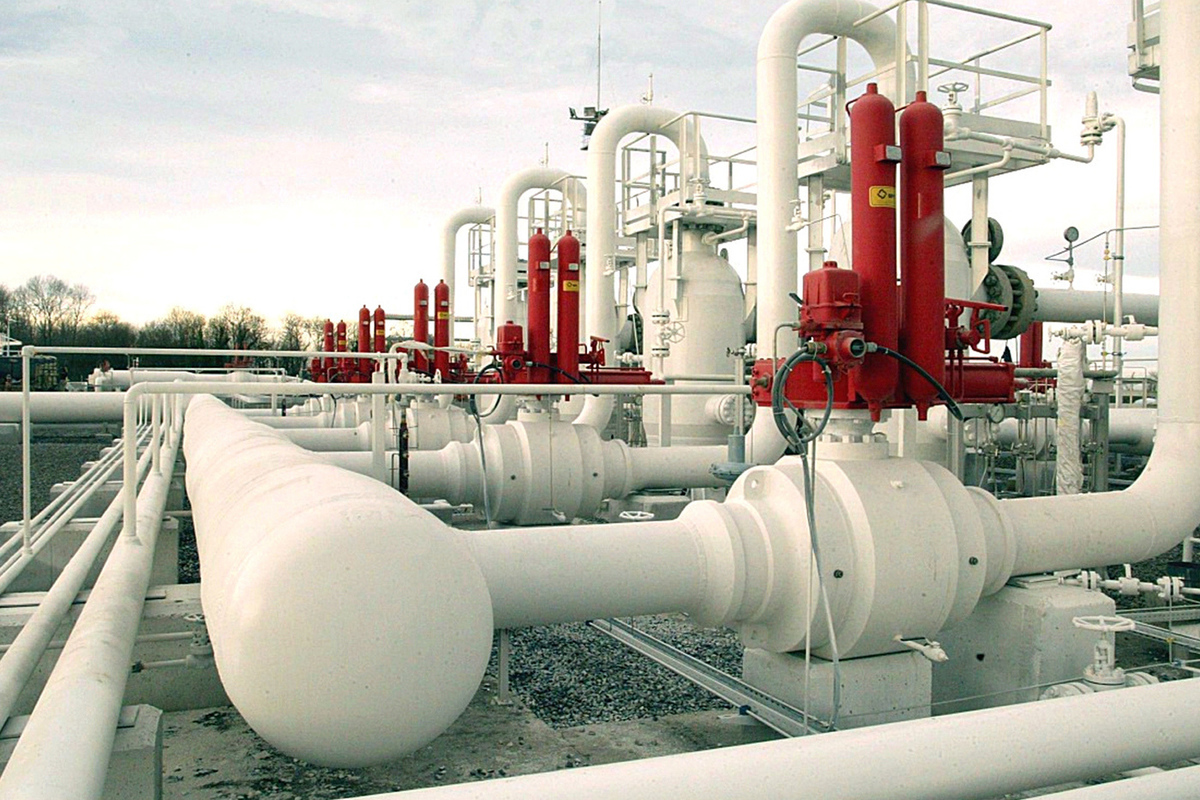Russian gas supplies to the EU via Turkish Stream have recovered to their maximum
[ad_1]

“It is more profitable to purchase raw materials in the Russian Federation than on the spot market”
Since the beginning of this year, Russian gas supplies to Europe via the Turkish Stream have increased by 40%, to 2.9 billion cubic meters, compared to the same period in 2023. The growth itself is impressive, but how should we view this achievement, and what does it give Gazprom? In any case, this is a drop in the bucket compared to the previous annual volumes of Russian pipeline exports to EU countries.
In the period from January 1 to March 10, an average of 41.5 million cubic meters of gas per day were pumped through the Strandzha 2 – Malkochlar point, which is located on the Bulgarian-Turkish border. Last year, in the same first ten weeks, an average of 29.6 million cubic meters (2.07 billion in total), follows from data from the European Network of Gas Transmission System Operators (ENTSOG).
Today, Russian pipeline gas is supplied to the European Union via two transit routes – through the gas transportation system of Ukraine and Turkey, where it comes through the Black Sea via the Turkish Stream with a design capacity of 31.5 billion cubic meters per year and the Blue Stream (16 billion cubic meters ). Last year, supplies amounted to 29 billion cubic meters (in 2021 – 145 billion), of which 14.5 billion were via the Ukrainian route, and the same amount via one of the branches of the Turkish Stream. We are talking about two different markets: in the first case, the countries of Central and Western Europe are supplied with raw materials from Russia, in the second – Greece, North Macedonia, Romania, Serbia and Hungary.
“The fact is that in 2023 Europe experienced a very warm winter, unlike the current one, which is much frostier,” says Igor Yushkov, an expert at the Financial University under the Government of the Russian Federation. “There was a lot of gas left in underground storage facilities, and the demand for it was generally less than today. In addition, in January-February last year, Europeans did not experience competition for raw materials from China: it had just lifted coronavirus restrictions and began to accelerate its hibernating economy. And now Europe has to act with an eye on China and a number of other Asian countries that need more and more gas. Faced with a choice – either to focus on Russian pipeline supplies or to prefer LNG – she settled on the first option.”
It’s not that pumping has increased, it’s just that Turkish Stream has reached its designed capacity: Europeans began to buy standard volumes of gas for which the pipeline was originally designed, explains Yushkov. According to the pricing formula enshrined in contracts with Gazprom, this is more profitable for them.
“Such a noticeable increase in Russian gas exports to the EU through Turkey can be explained by the current pricing environment on the European market,” notes Artem Deev, head of the analytical department at AMarkets. – If in the first half of 2023, due to a decrease in European spot prices for pipeline gas, interest in Gazprom’s products cooled somewhat, then in the second half of the year Turkish Stream began to break records. Even then, it was more profitable for EU buyers to purchase gas in Russia than on the spot.”
The fact is, says Deev, that Gazprom’s export contracts, although they provide for a link to spot prices, but with a delay of up to seven months. And in the current conditions, when Russian pipeline gas is supplied to Europe via only two routes, it is absolutely not surprising to see such figures. Despite all its statements, it is difficult for Europe to do without gas from the Russian Federation. And because of sanctions, the European Union is forced to resort to the mediation of Ankara.
[ad_2]
Source link






